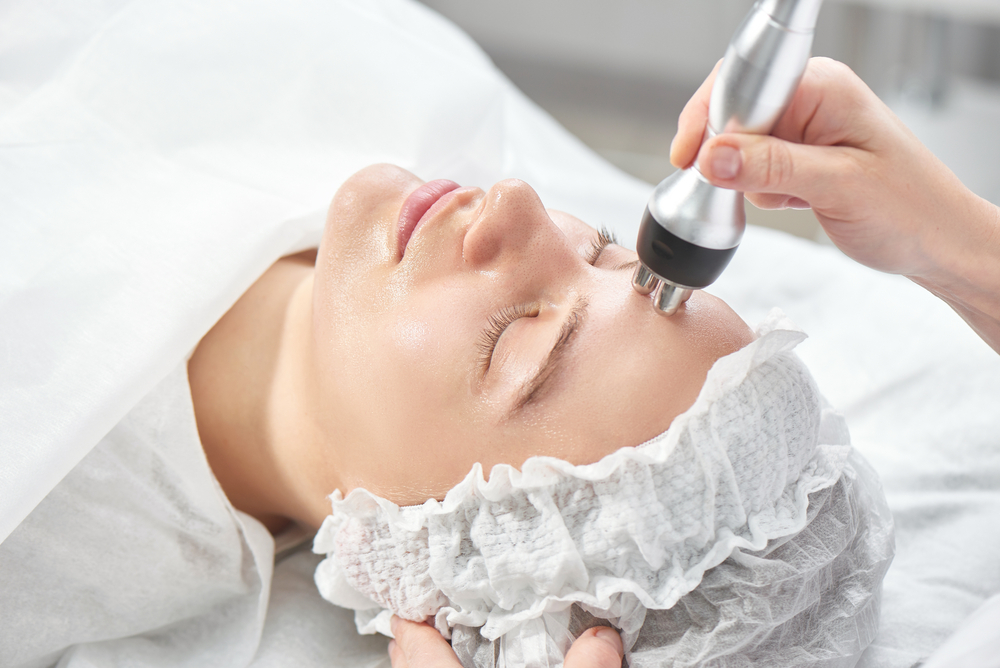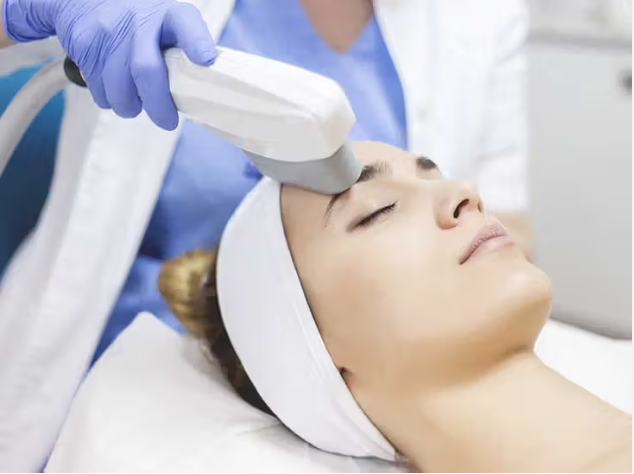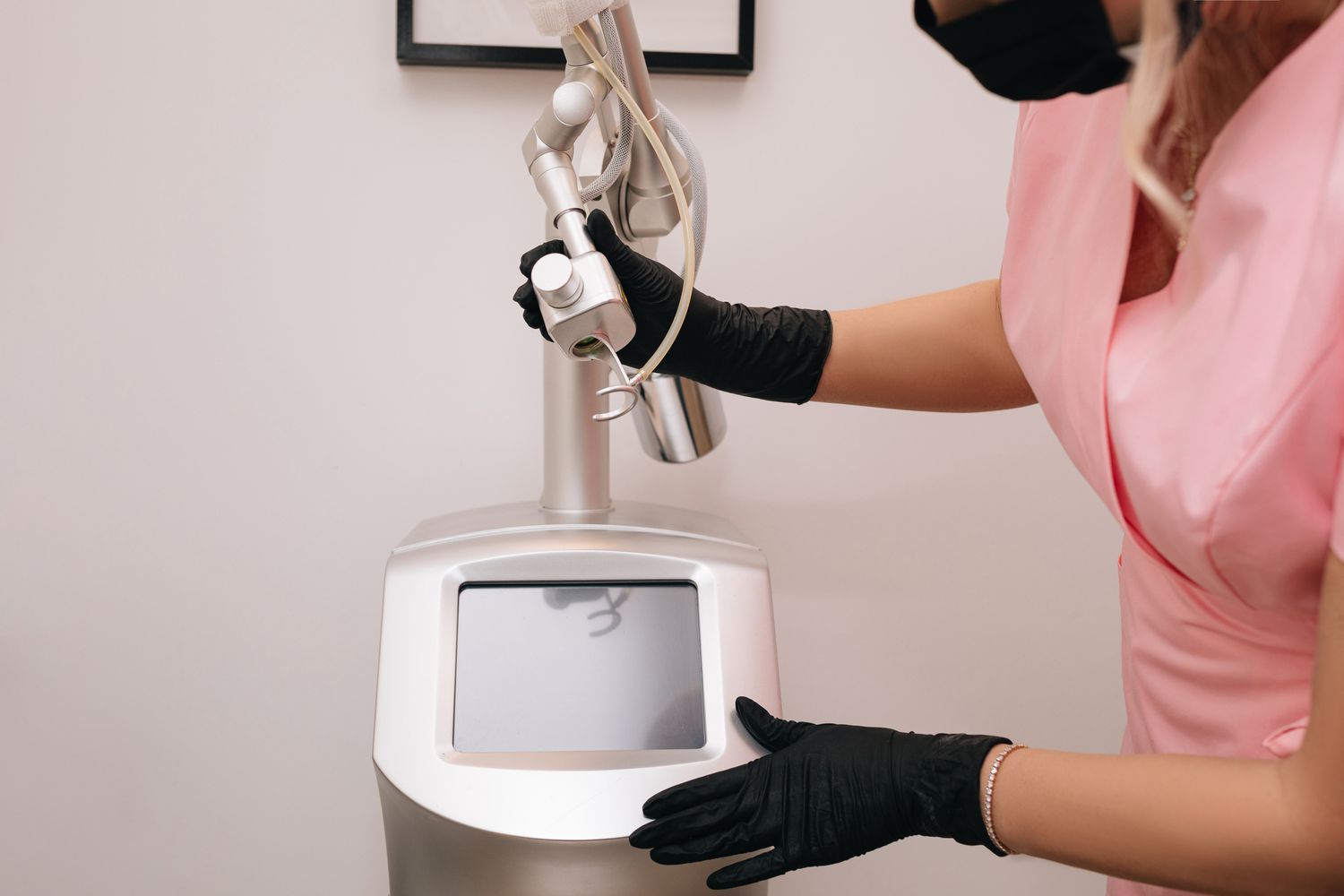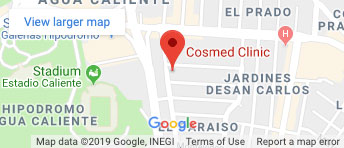LOWER BODY LIFT RECOVERY 101
A lower body lift is a surgical procedure designed to address excess skin and fat in specific areas such as the abdomen, thighs, and buttocks. Common reasons for undergoing this surgery include significant weight loss, aging, or the desire to enhance body contours.
This surgery does more than just get rid of extra skin and fat. It also shapes and molds the lower body to make it look even and balanced. People who have it done often feel better about how they look and feel more confident. It’s a boost for both their body and their self-esteem.
The procedure itself typically involves the removal of excess skin and fat from the targeted areas, followed by the tightening of underlying tissues. The surgeon customizes the surgery to meet the specific needs and goals of each patient, ensuring a personalized approach that aligns with each person’s unique body and the results they want to achieve.
The Initial Days After Surgery
In the initial days after the surgery, patients may experience some discomfort, swelling, and limited mobility. It’s normal to have pain during this period, which can be managed through prescribed medications. Swelling is also common but tends to subside gradually.
The normal recovery for a lower body lift is approximately 6 weeks, during the first 3 weeks you’ll be a little bit bruised but after this period of time the bruises will disappear, the inflammation will subside gradually in the next couple of months…” States Dr. Enrique Quirós.
Postoperative Care
Ensuring good postoperative care is vital for a successful recovery. Proper wound care is essential, patients should follow their surgeon’s guidance regarding the cleaning and dressing of incisions. During the first weeks of recovery, it’s typically recommended to observe activity restrictions, including exercise. Prescribed medications, including pain relievers and antibiotics, should be taken as directed.
Scarring is an inevitable part of any surgical procedure, and a lower body lift is no exception. While the incisions are carefully placed to minimize visibility, patients should expect some scarring. Initially, scars may appear red and raised, but over time, they tend to fade. Using silicone-based scar gels and practicing good sun protection can help in minimizing the appearance of scars.
“You will have an incision line, which is the scar and that scar at the beginning will be a little bit red and with the passing of the time you’ll have a little bit of coloration of that scar and a much normal appearance.” Mentions Dr. Quirós Lim.
Return to Normal Activities
The timeline for returning to daily activities varies among individuals. While light activities may be resumed relatively soon, more heavy tasks, including work and exercise, may require a longer recovery period. It’s important to follow the surgeon’s guidance on gradually increasing activity levels.
“Your surgeon will let you know how long it will be before you can return to your normal level of activity and work. Your surgeon will also give you and your caregiver detailed instructions about your postoperative care after your surgery, including information about:
- Drains, if they have been placed
- Typical symptoms you will experience
- Potential signs of complications
Follow all the patient care instructions your surgeon provides. This includes information about wearing compression garments and the level of activity that is safe for you. Your surgeon will alert you to the signs of problems to watch for, such as signs of infection. It is also important to know that the amount of time it takes for recovery varies greatly among individuals.” States the Aesthetic Society.
Factors Affecting Recovery Time:
Several factors influence how long the recovery process takes. The extent of the surgery, individual health, and age play crucial roles. Generally, younger, healthier individuals may experience a faster recovery compared to those who are older or have pre-existing health conditions.





